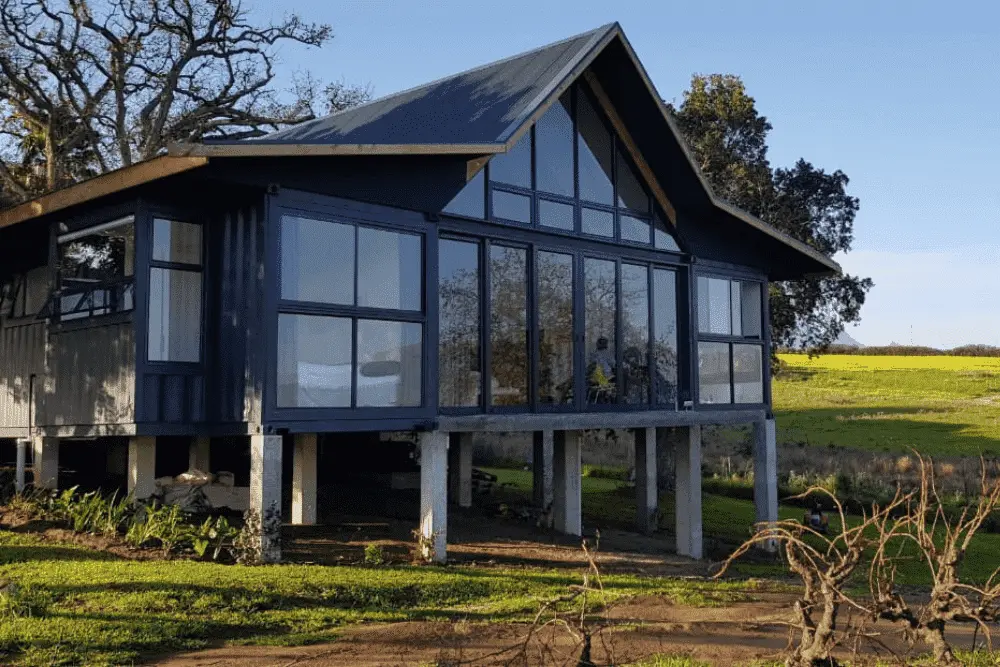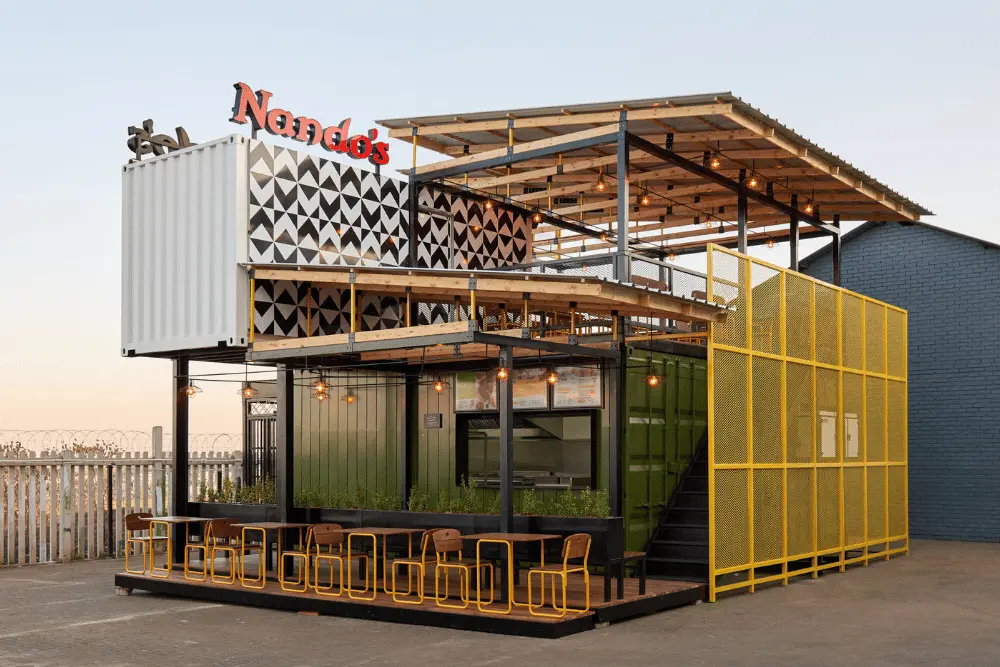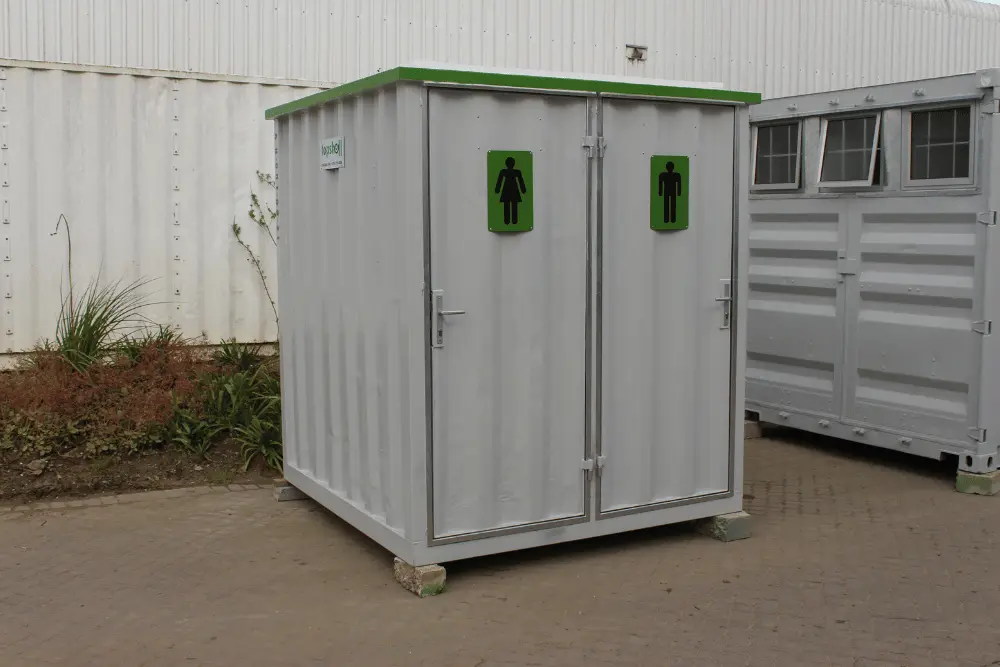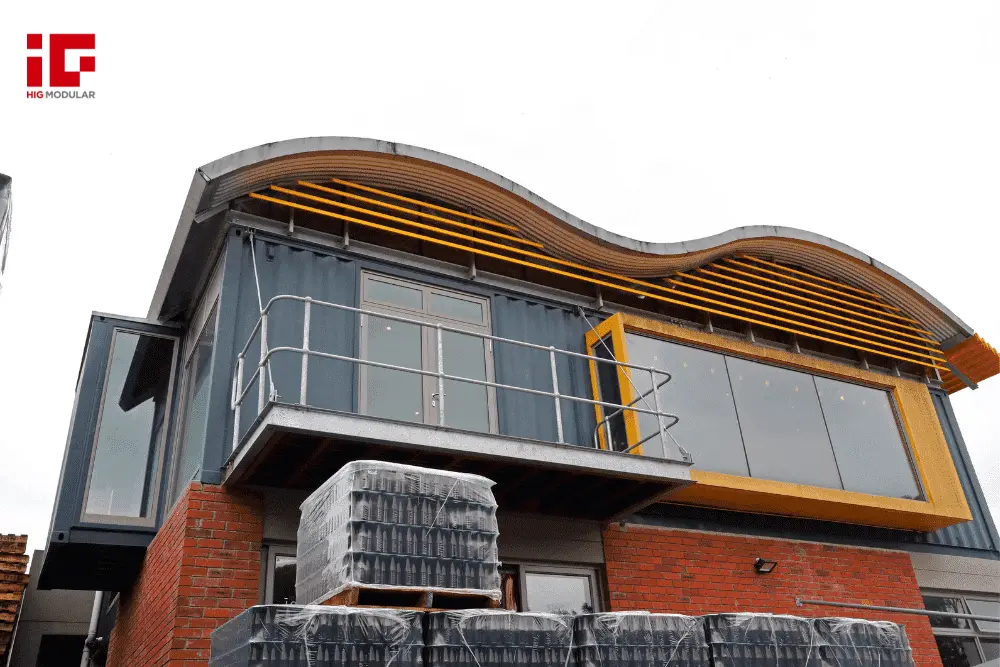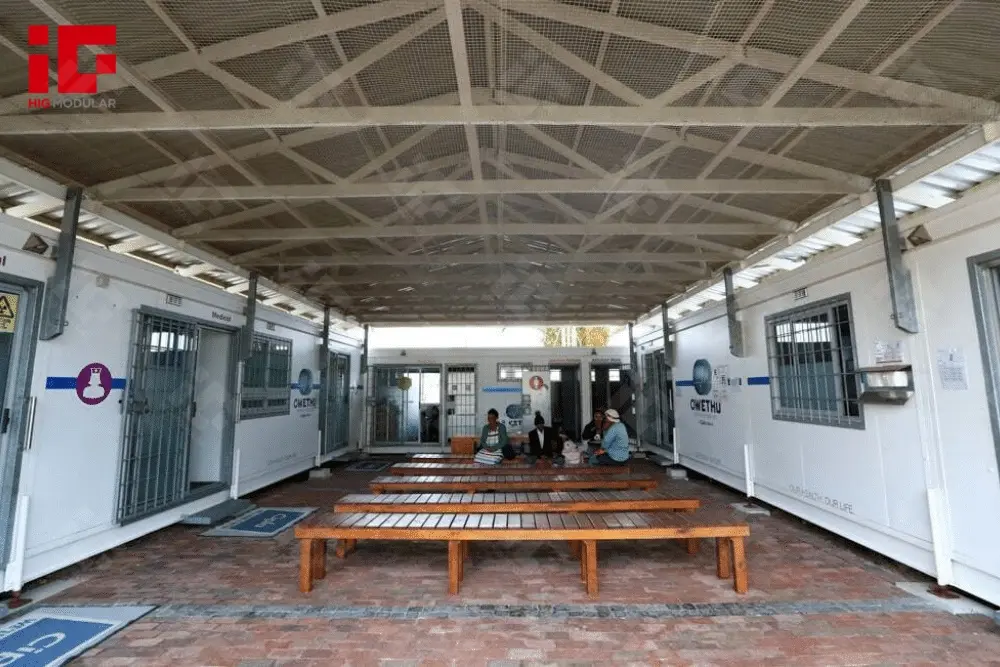News Categories
Featured News
0102030405
The Rise of Expandable Container Offices: A Paradigm Shift in Modern Workspace Design
2025-07-07
In an era defined by flexibility, sustainability, and cost-efficiency, Expandable Container Houses have emerged as a transformative solution for office spaces. These modular structures, built on a core design of expandable units, have been reimagined to meet the dynamic needs of businesses worldwide. By leveraging their expandable mechanisms, durable materials, and rapid deployment capabilities, companies are redefining traditional office setups while drastically reducing operational costs.
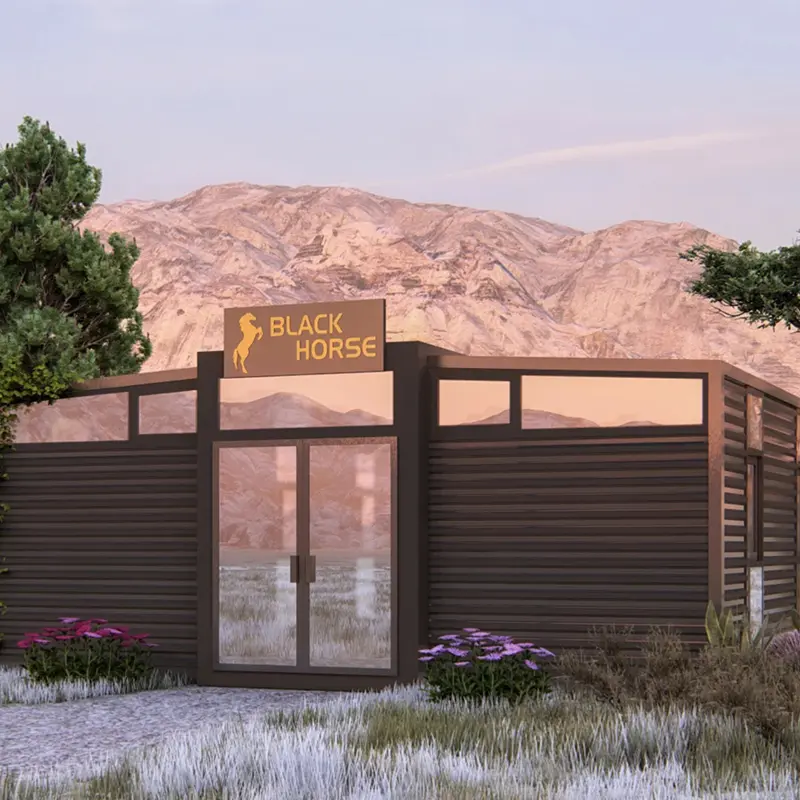
The Mechanics and Advantages of Expandable Container Offices
Expandable container offices operate on a simple yet ingenious principle: a core container unit that unfolds or extends to create additional space. For instance, a standard unit can expand to nearly double or triple its original footprint through telescopic or folding mechanisms, allowing the structure to adapt to changing requirements—whether adding meeting rooms, collaborative zones, or private workspaces.
The benefits of this design are multifaceted. First, cost-effectiveness stands out. Compared to traditional brick-and-mortar offices, expandable container solutions can reduce construction costs by 30-50%. This is due to prefabrication in controlled factory environments, which minimizes labor expenses and material waste. For startups or small businesses, this translates to lower overheads and faster ROI.
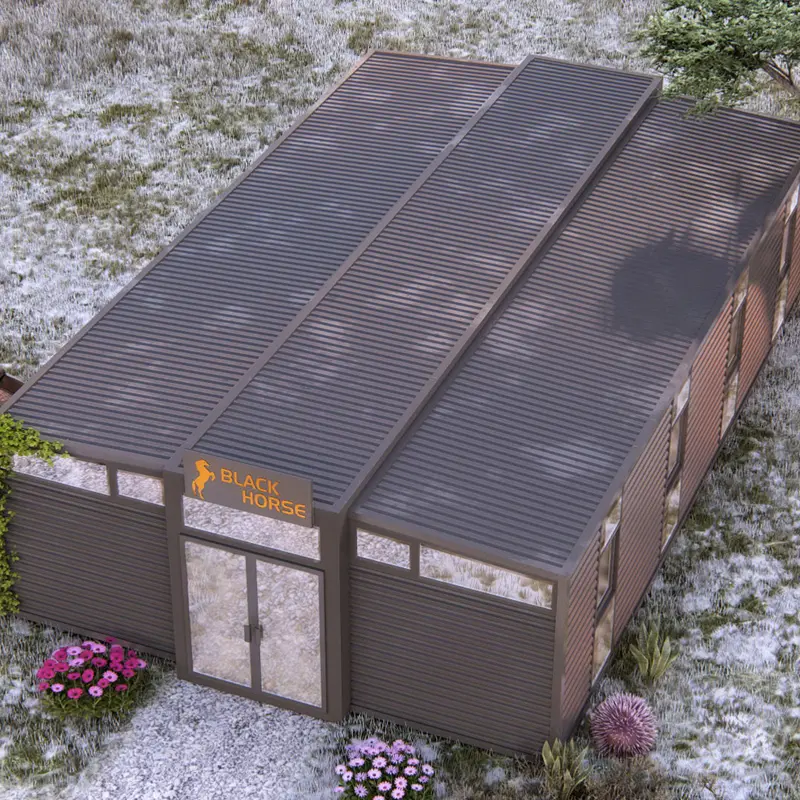
Second, speed of deployment is a game-changer. While traditional offices take months to build, a container office can be operational within days. Such structures have been shown to expand into functional workspace in a single afternoon, with no disruption to ongoing operations. This agility is particularly valuable for temporary projects, pop-up events, or disaster relief efforts, where quick access to functional workspaces is critical.
Real-World Applications and Versatility
The versatility of expandable container offices has made them popular across industries. In startups and creative agencies, minimalist designs with open layouts and natural lighting foster collaboration and innovation. For example, urban creative hubs have adopted container structures to create flexible workspaces, complete with meeting areas and brainstorming zones, providing a cost-effective solution for young professionals without the burden of long-term leases.
In remote or underserved areas, container offices offer a viable alternative to conventional infrastructure. Governments and NGOs have turned to them for emergency response centers and field operations bases, leveraging their portability and resilience. In regions with limited construction resources, these structures ensure that essential work—from community outreach to environmental monitoring—can proceed without delays caused by infrastructure gaps.
Even corporate environments are embracing this trend. Customizable designs allow for integration of premium finishes, energy-efficient systems, and tailored layouts, making them suitable for everything from executive offices to team collaboration spaces. The focus on adaptability ensures that as teams grow or projects evolve, the workspace can expand or reconfigure accordingly.
Sustainability and Smart Integration
Expandable container offices align with global sustainability goals. By utilizing robust, recyclable materials in their frames, they reduce reliance on virgin resources and minimize waste. Additionally, features like advanced thermal insulation, double-glazed windows, and energy-efficient fixtures enhance performance while lowering environmental impact.

The integration of smart technology further elevates their appeal. IoT sensors monitor temperature, humidity, and energy usage, enabling real-time adjustments to optimize comfort and reduce costs. For example, automated lighting and climate control systems in container offices can save 15-20% on energy bills, aligning with both eco-friendly practices and budget constraints.
Challenges and Solutions
Despite their advantages, expandable container offices face challenges. Regulatory hurdles vary by region, with some areas requiring permits for temporary structures. To mitigate this, businesses must engage with local authorities early and ensure compliance with zoning laws, often through clear documentation of the structure’s safety and durability.
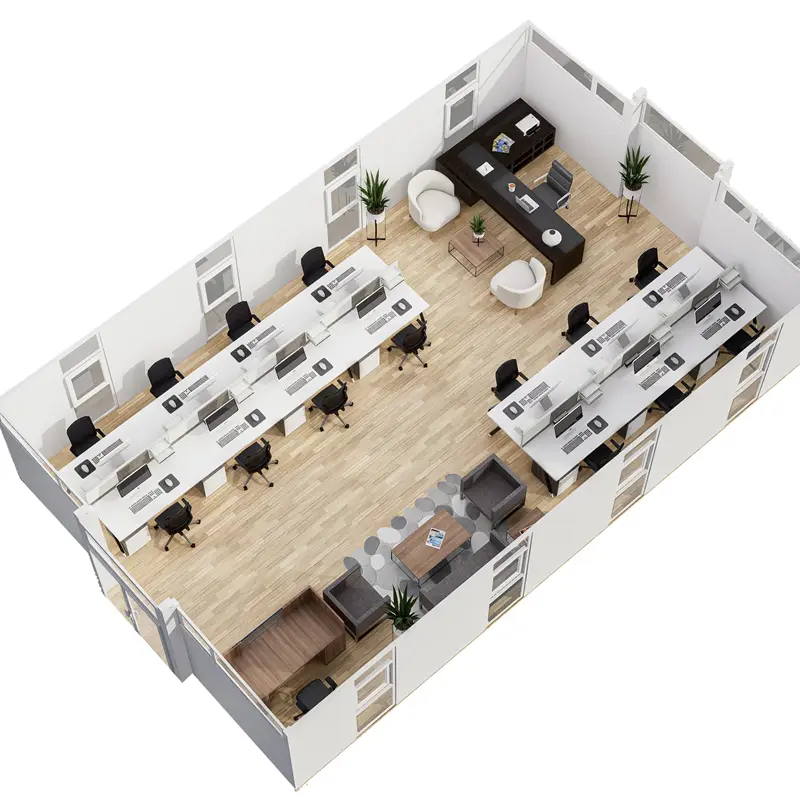
Transportation logistics can also be complex. While designed for mobility, long-distance transport may require specialized planning. However, innovations like compact folding designs have reduced shipping complexity, allowing multiple units to be transported efficiently without compromising structural integrity.
Conclusion
Expandable container offices represent a fusion of practicality, innovation, and sustainability. Their ability to adapt to evolving business needs, coupled with cost savings and eco-friendly features, positions them as a cornerstone of modern workspace design. As technology advances and regulations evolve, these modular structures are poised to become the norm rather than the exception, revolutionizing how we work and interact in the built environment.



